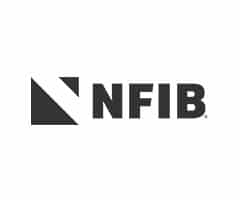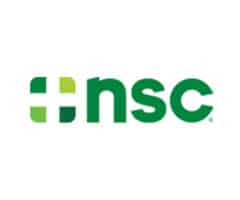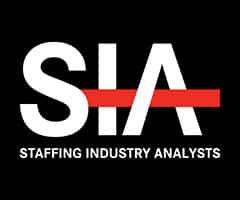The U.S. Department of Labor’s new worker classification rule, set to take effect on March 11, aims to redefine the criteria for classifying workers as independent contractors. The rule addresses the challenges associated with gig workers and app-based job platforms, seeking to establish clearer guidelines on the employment status of individuals.
The evolving landscape poses challenges, and uncertainty surrounds the interpretation and enforcement of the new rule. To ensure your business remains resilient, consider the following strategic steps:
- Internal Review: Conduct a comprehensive internal review of your workforce classification practices. Evaluate the current classification of any non-traditional workers and assess the potential impact of the new rule on your business.
- Engage Legal Counsel: Seek legal counsel to gain a deeper understanding of the implications of the new rule on your specific industry and business model. Legal experts can provide tailored advice based on your unique circumstances.
- Training Programs: Implement training programs for your management and HR teams to enhance their understanding of the nuances associated with worker classification. Awareness and compliance at every level are crucial.
- Documentation and Record-Keeping: Strengthen your documentation and record-keeping processes. Maintain detailed records of the working relationships with gig workers, emphasizing the absence of day-to-day supervision and control.
- Consider Staffing Solutions: Given the potential challenges with app-based job platforms, consider partnering with a reputable staffing provider. Staffing firms predominantly assign temporary workers classified as W-2 employees. This can be a strategic move to mitigate risks associated with independent contractor classifications.
- Communication with Workers: Clearly communicate with all workers about the changes and reassure them of your commitment to compliance. Ensure that your agreements and contracts reflect the proper classification and expectations.
- Stay Informed: Stay informed about updates and additional guidance from the Department of Labor. Regularly check for industry-specific insights that may impact your compliance strategy.
A partnership with a staffing provider can be a particularly effective strategy. Staffing firms, with their expertise in compliance and workforce management, can offer several advantages:
- Expertise in Compliance: Staffing providers are well-versed in employment laws and regulations, ensuring that the workers they assign are properly classified and managed.
- Reduced Administrative Burden: Partnering with a staffing firm can alleviate the administrative burden associated with workforce management, allowing your company to focus on core business activities.
- Flexibility and Scalability: Staffing solutions provide flexibility and scalability, enabling your company to adapt to changing workforce needs without the challenges of managing gig workers directly.
By taking a proactive and strategic approach, your company can navigate the complexities of the new worker classification rule while optimizing workforce management.
Questions about how to proceed? Contact Allied today to see how we can help.










